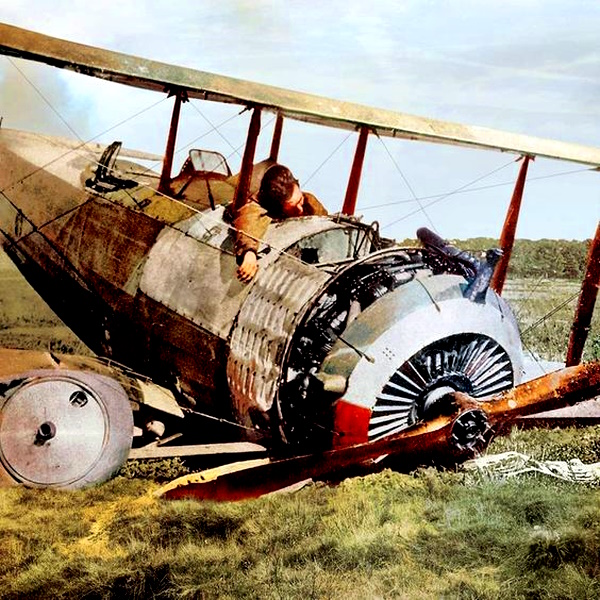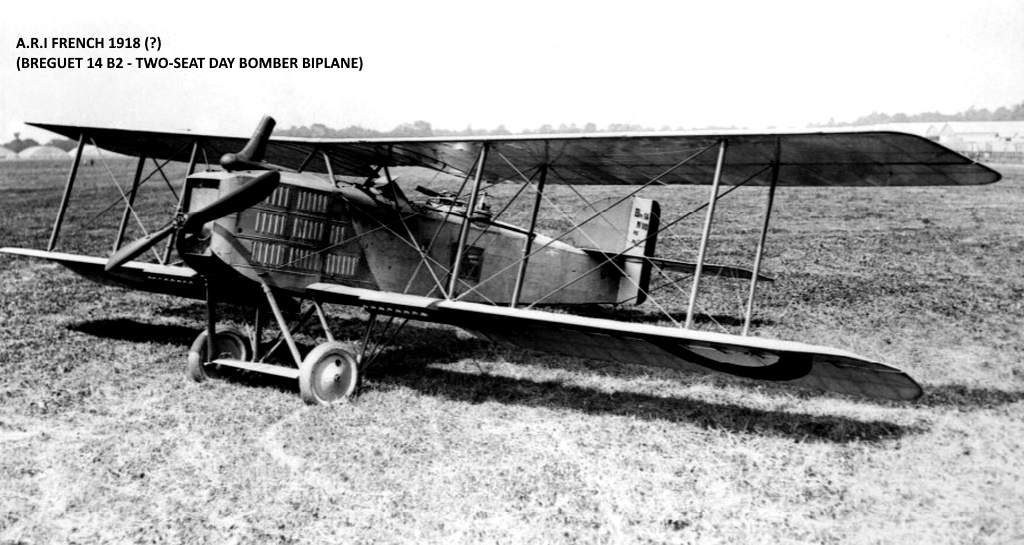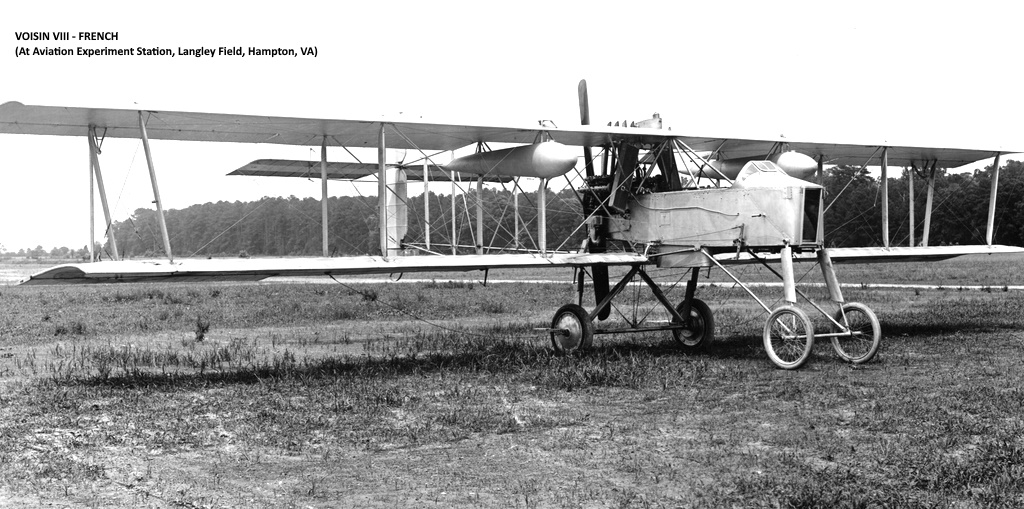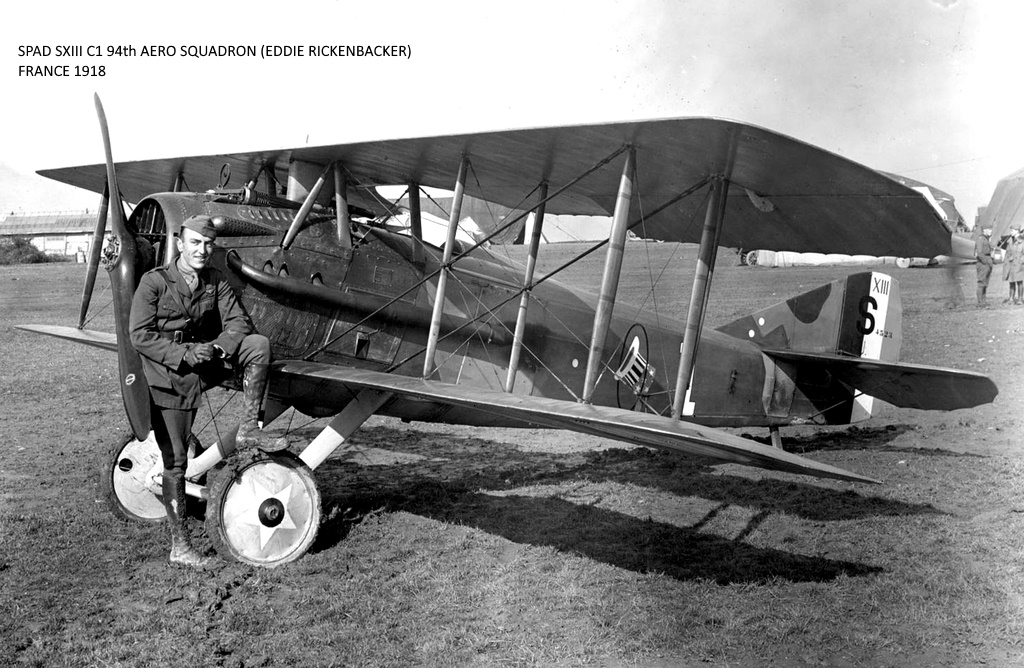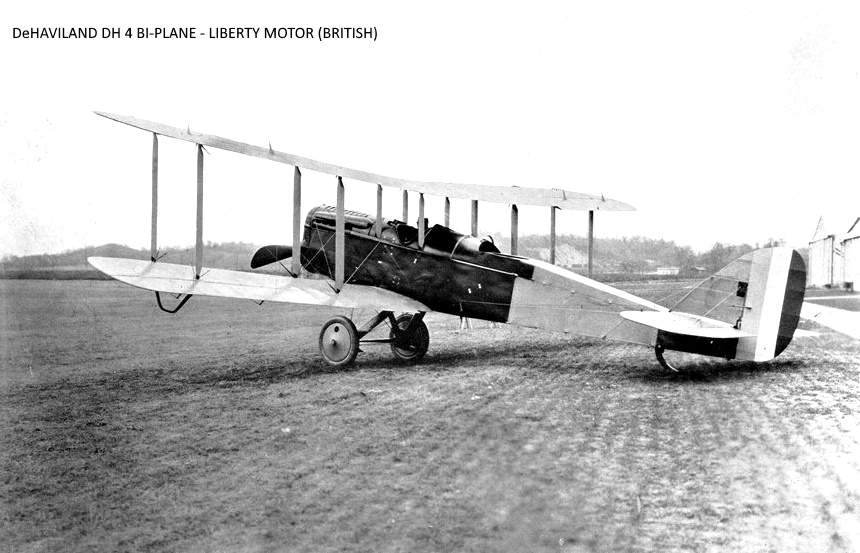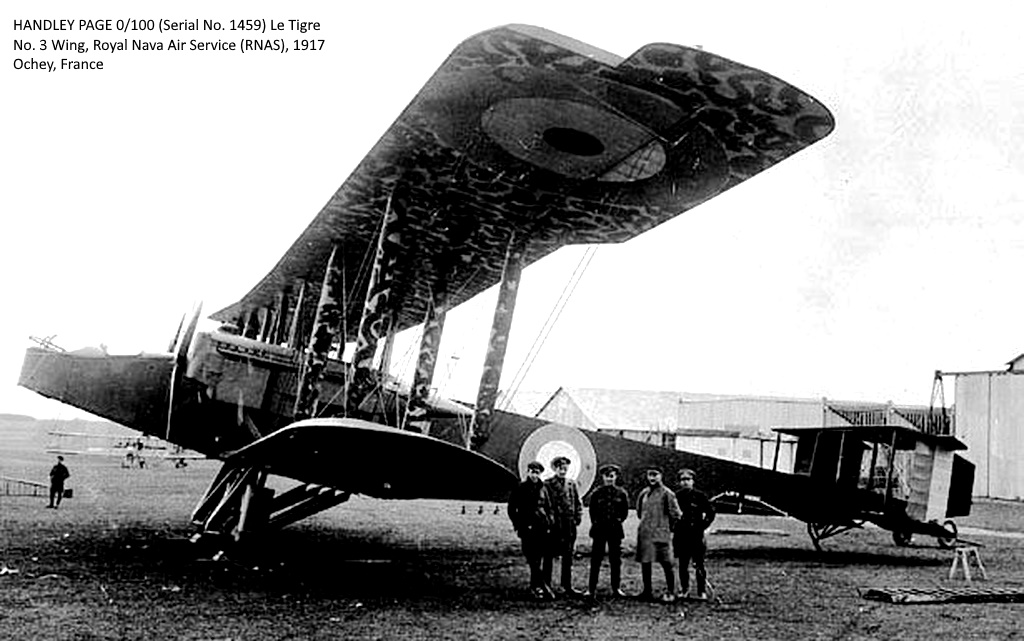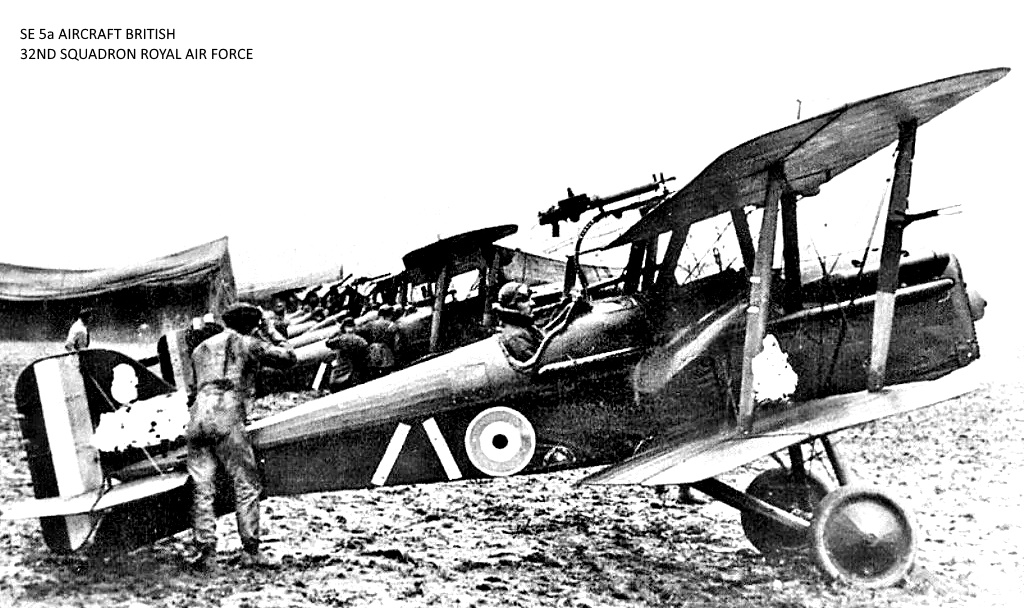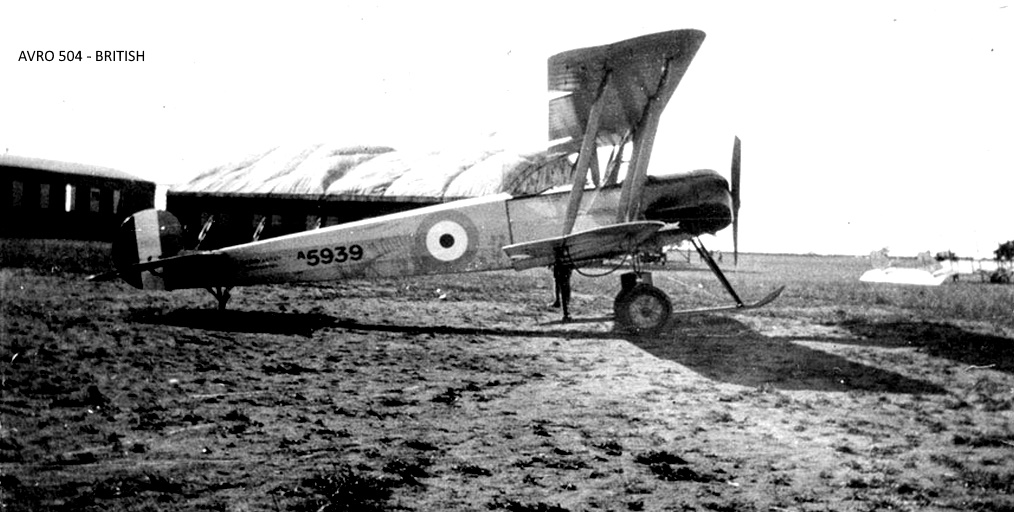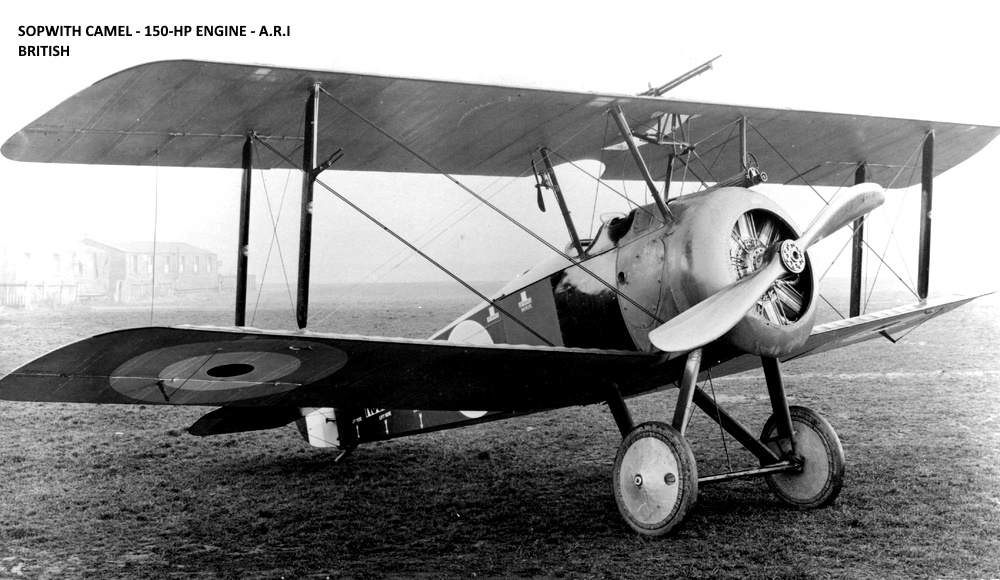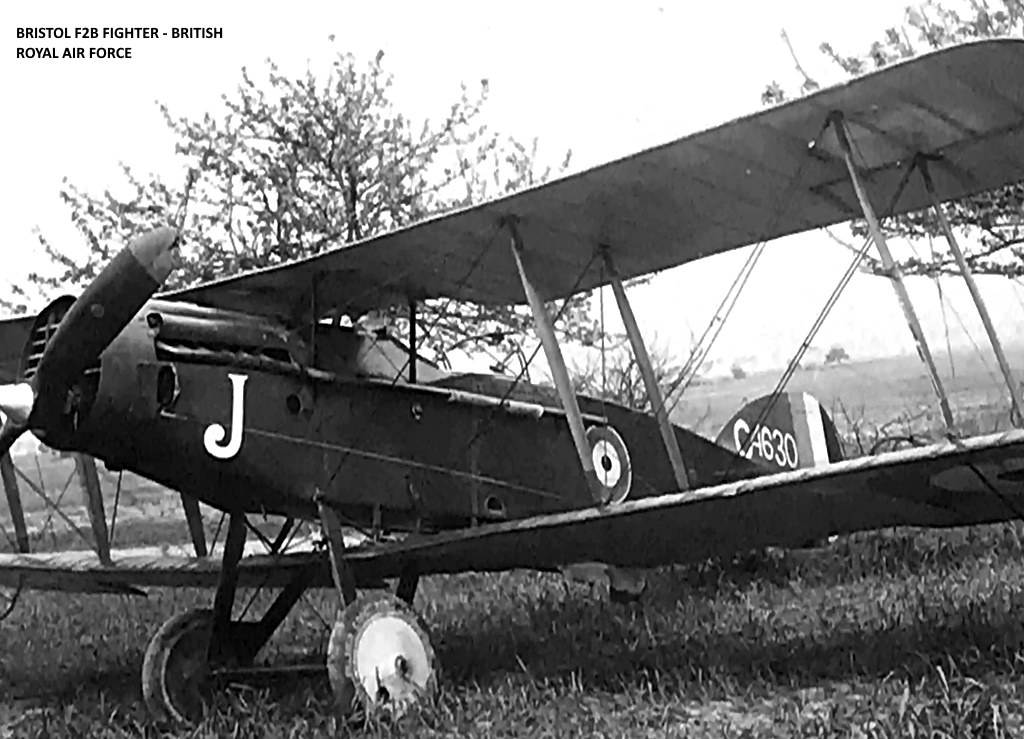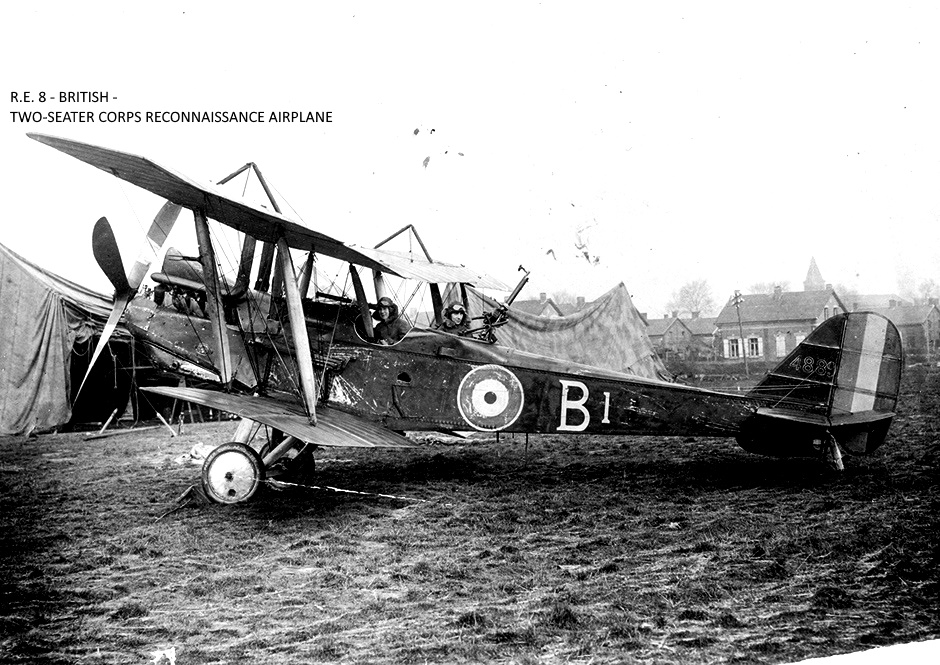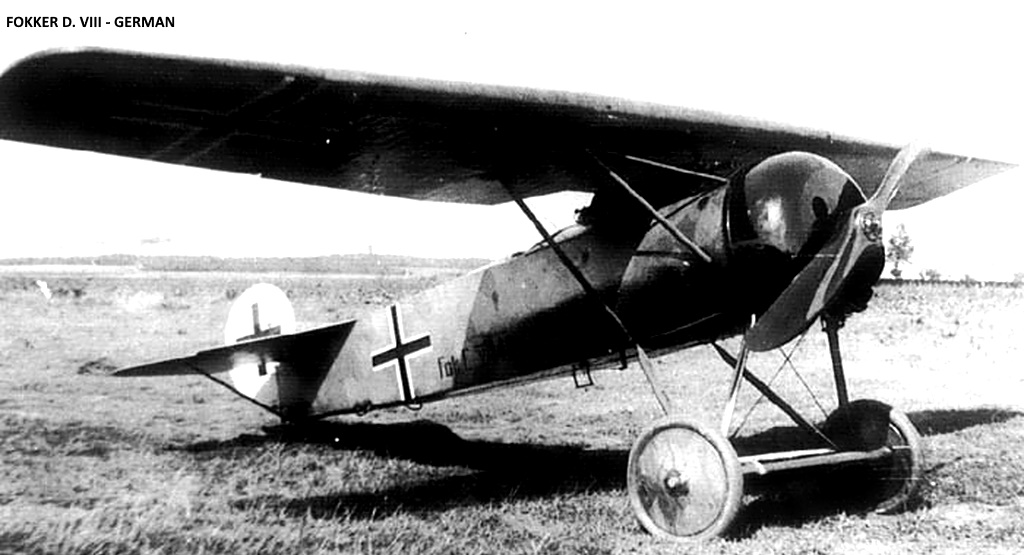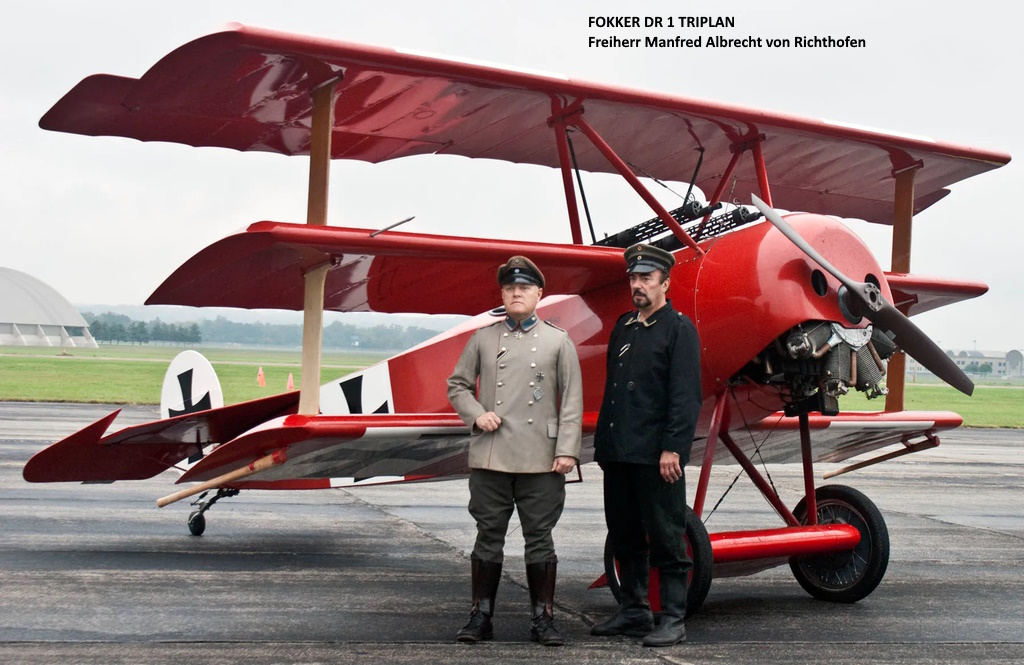(PART TWO) Document Source: Historical Research Division, Aerospace Studies Institute, Air University, Maxwell Air Force Base, Alabama. The World War One Diary of Col Frank P. Lahm, Edited by Albert F. Simpson, Historical Research Division, Transcripted by Doc Snafu (Personal views or opinions expressed or implied in this publication are not to be construed as carrying official sanction of the Department of the Air Force or the Air University. This publication has been reviewed and approved by competent personnel of the preparing command in accordance with current directives on doctrine, policy, essentiality, propriety, and quality.
 April 21 (Sunday). This past week has been the usual busy grind, including a site-hunting trip to Villeroy, Gondrecourt, one of our major bases for bombardment units, etc. A trip to Baccarat to visit newly-arrived A/2d Balloon Company, the third US balloon company to enter active service, on Friday. I picked up Capt Porquet in Lunéville and reached the company at Brouville before noon. They had just put the balloon into the aîr for the first time – due to lack of men, there were but 25 available on the balloon. The Company is pretty well sunk in the mud – it will take it some time to pull out. We dined (bacon and eggs) on a small table in the middle of a long barrack building used as a common dining room and s1eeping-room by all the balloon officers and officers of an infantry battalion.
April 21 (Sunday). This past week has been the usual busy grind, including a site-hunting trip to Villeroy, Gondrecourt, one of our major bases for bombardment units, etc. A trip to Baccarat to visit newly-arrived A/2d Balloon Company, the third US balloon company to enter active service, on Friday. I picked up Capt Porquet in Lunéville and reached the company at Brouville before noon. They had just put the balloon into the aîr for the first time – due to lack of men, there were but 25 available on the balloon. The Company is pretty well sunk in the mud – it will take it some time to pull out. We dined (bacon and eggs) on a small table in the middle of a long barrack building used as a common dining room and s1eeping-room by all the balloon officers and officers of an infantry battalion.
Returned via HQs of Henry Reilly’s artillery regiment and had a chat with him. Then called on Douglas MacArthur, Chief of Staff of the 42d Division – saw Gen Menoher for a moment. MacArthur told us the story of his being gassed when he went over the top in a raid a few weeks ago. Capt Porquet and I walked down to look at the church. The fighting in this neighborhood was plainly severe, and to end it, when the Boches gave up the town he set fire to and burned many of the houses in the vicinity of the church. Graves are plentiful to the west of Lunéville. It seems the Boches held the town for 41 days early in the war, and evidently the French 1ost many men on the west side of the town when they retook it.
Yesterday, Maj Prentice and Capt Osborne (7 ft. of him) came in – called on them at Van Horn’s last night. Prentice knew Bolling and told us the story of his death the previous month. Bolling was on the Somme Front, training to command the 2nd Corps Air Service when it will be organized (June 25). He left his chauffeur, started out in a car from Compiègne to Amiens, ran into a village occupied by the Boches who opened up on him with machine guns, and shot him dead. (This account is only partly correct, a who1ly correct version appeared in the Stars and Stripes of February 7, 1919, and appears again in H. G. Pearson’s A Business Man in Uniform: Raynal Cawthorne Bolling (Duffield & Co., NY. 1923). The correct version came from Bolling’s chauffeur, Pvt Paul L. Holder, who stated that Bolling was killed by two pistol shots fired by a German officer while Bolling was trying to protect Holder who was being shot at by two officers). The report came from the Germans thru the Red Cross Prisoners Bureau in Switzerland. There was some activity in our sector yesterday – it seems the Boches sent over 8 planes in the morning and machine gunned our trenches; then, with no artillery preparation, attacked with two battalions and took Seicheprey.
Later apparently, our men drove them back. Red Cross reports that 400 of our men are coming back wounded, and many were gassed. This morning Billy Mitchell phoned that one of our 94th pilots did not return yesterday and 8 of our companies are attacking this morning. We are sending 6 Nieuport replacements to the 94th and 6 A.R.’s to the 1st Observation Squadron. Royce had trouble with his Spad engines yesterday, one machine had a tailspin at 70 feet, Bower, the pilot broke his left leg in two places, and Prickett, the observer, was thrown on the tourelle and injured internally more seriously than the pilot.
April 25 (Thursday). This cold sunless weather is getting monotonous. Sunny France does not apply to this part of it at this time of year. Gen Foulois came în yesterday with Rusty Burtt, Monell & Orr. The reorganization of the Air Service seemed to be on the boards – we discussed it last night at Van Horn’s quarters. The one gotten up last summer is now fairly obsolete and will apparently be changed. Capt Satterfield and Capt Dunn of the Paris office came in yesterday to tell us what to expect in the way of planes. Maj Gray (not referring to his haïr as he has none) and a capt of engineers, from Langres, camouflage experts, lunched with us yesterday, on an ‘inspection’ trip. Lt Col Hobbs, Inspector General of the 26th Division, dropped in from Boucq – they have been having fairly heavy losses lately, but he says the men fought hard before they let the Boches into Seicheprey. I dropped in on the French Toubib (Army doctor) the other day. He tells me that out of 300 French soldiers in town, he has 4 to 8 sick calls per day; there was one man in the hospital, and he has one hospital corpsman! We surely are not as healthy or husky a lot as the French, altho’ of course, they are acclimated where we are not.
Parris reported today as my assistant. He is one of the extra officers who was under instruction at Valdahon but had to give up due to a wrenched leg, the result of catching it in the parachute rope when jumping out of the basket. He îs to have a ‘sitting’ job for a while to let his leg rest up.
April 26 (Friday). On a phone call from Preston Brown, CoS 2nd Division*, transmitted from D/2nd Balloon Company by motorcycle courier, I left at 1420, arrived at D/2 in driving rain, and found that 50 doughboys of the 9th Regiment under a Lieut., heavy marching order, had reported the day before for duty with the balloon, on orders from Division HQs, issued pursuant to instructions of Gen Hirschauer of the French 2nd Army. On to Sommedieue where I found Cit. Montgomery dined with him and Carr, the Division Signal Officer, Matthews a Marine, Maj, and Q.M., Pearson the ass’t Division Adj. and 3 French liaison officers, also Bessell, Div. Adj. Climbed up a hil1 in the woods to HQs, found Brown, and very quickly straightened out about the infantrymen. The Division does not want to send them as their men are spending 20 out of 30 days in the trenches, the other ten digging trenches. We do not want the extra men and GHQ does not approve of the French ordered the Division Commander to make the detail. It is arranged however that the Company will simply not send for the Det., and în a few days 60 replacements will be up from St Maixent (Air Service Replacement Barracks) to relieve the difficulty. Called on Gen Bundy in his room in a demolished house.
*(The Headquarters of the 2nd Division reached France on December 28, 1917; the The division was formed in France, its components have been arriving since June 1917. The 2nd was the fourth US division in France. It suffered the greatest number of casualties of any of the AEF’s Regular Army divisions and 35 National Guard divisions).
